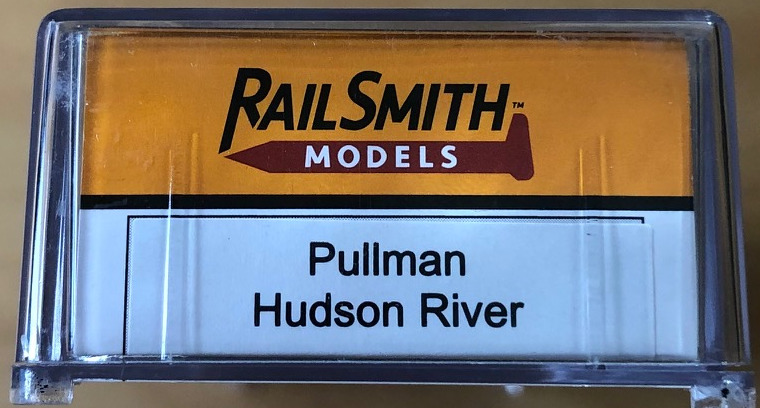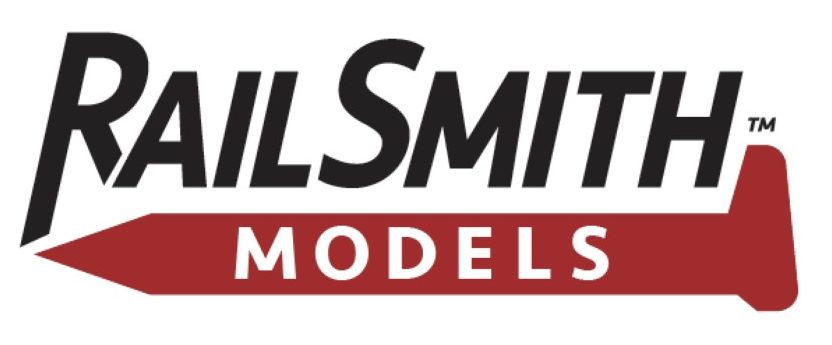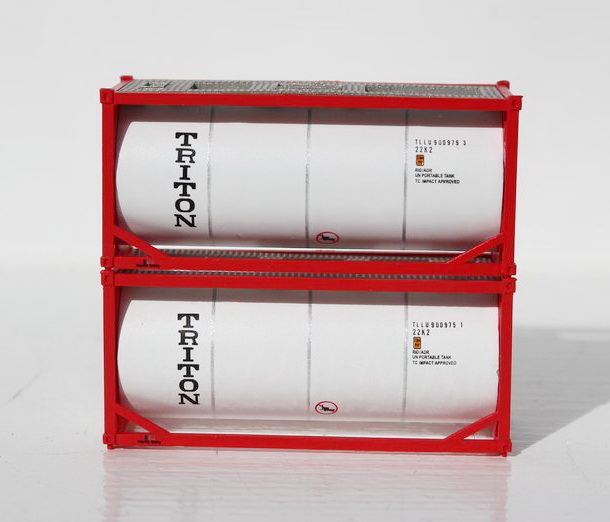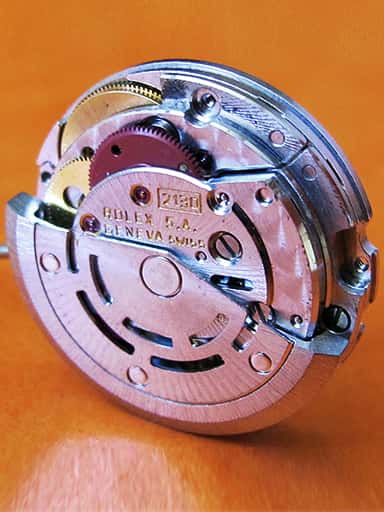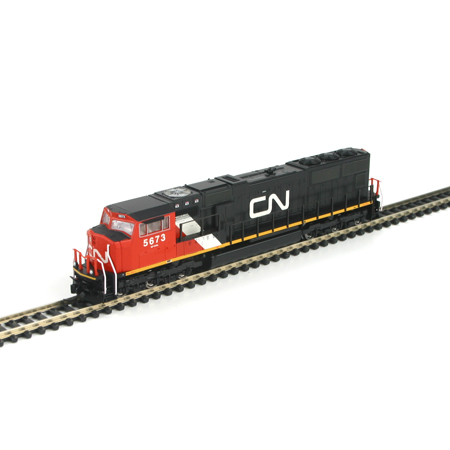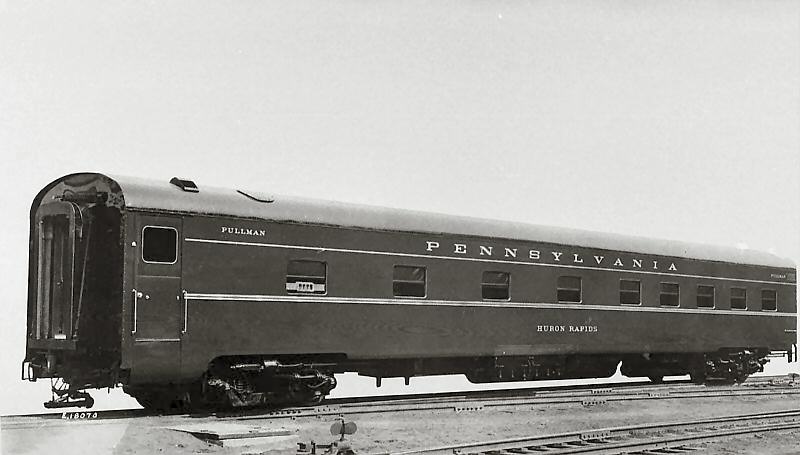Specific Item Information: Sleeper ‘Hudson River‘
This 10-6 sleeper was built by Pullman Standard in 1948-49. Delivered in the Two-Tone Gray scheme, this car and 95 other 10-6 sleepers in this named ‘RIVER’ class, were used all over the NYC system. They were also seen in transcontinental service on trains such as Santa Fe’s Chief.
In an example and according to the book ‘Sleeping Cars of the Santa Fe‘, two NYC ‘River’ sleepers were assigned to the ATSF from 1954 until 1958 when that service ended.
This is a Prototype car.
Model Information: First released in 2007.
- All-New Tooling based on Plan #4140
- Prototype Specific Details: - Skirted or Non Skirted, Corrugated or Smoothside
- All Detail Parts Added with flush fitting windows
- Full interiors and working diaphrams
- Blackened Metal Wheelsets on correct GSC 41-N style Trucks
- Come with decals permitting multiple car number and names
- Drop-In Lighting Kit will also be available, item #933-1099
Prototype History: After World War II the 10-roomette 6-double bedroom (colloquially the "10-6 sleeper") design proved popular in the United States. A roomette is a type of sleeping car compartment in a railroad passenger train. The term was first used in North America, and was carried over into Australia and New Zealand. Roomette rooms are relatively small, and were generally intended for use by a single person. Double Bedrooms are private rooms for two passengers, with upper and lower berths, washbasins, and private toilets, placed on one side of the car, with the corridor running down the other side (thus allowing the accommodation to be slightly over two thirds the width of the car). Frequently, these accommodations have movable partitions allowing adjacent accommodations to be combined into a suite.
The Pennsylvania Railroad had 61 Pullman Standard 10-6's in all. The Norfolk and Western “County” series and the RF&P “King” sleepers were built by PS in 1949 for the New York to Richmond and Norfolk trains.
The Pennsylvania Railroad had 61 Pullman Standard 10-6's in all. The Norfolk and Western “County” series and the RF&P “King” sleepers were built by PS in 1949 for the New York to Richmond and Norfolk trains.
Road Name History: The New York Central Railroad (reporting mark NYC), known simply as the New York Central in its publicity, was a railroad operating in the Northeastern United States. Headquartered in New York City, the railroad served most of the Northeast, including extensive trackage in the states of New York, Pennsylvania, Ohio, Michigan, Indiana, Illinois, and Massachusetts, plus additional trackage in the Canadian provinces of Ontario and Quebec.
The railroad primarily connected greater New York and Boston in the east with Chicago and St.Louis in the midwest along with the intermediate cities of Albany, Buffalo, Cleveland, Cincinnati, and Detroit. NYC's Grand Central Terminal in New York City is one of its best known extant landmarks.
1853 company formation: Albany industrialist and Mohawk Valley Railroad owner Erastus Corning managed to unite ten railroads together into one system, and on March 17, 1853 executives and stockholders of each company agreed to merge. The merger was approved by the state legislature on April 2, and by May 17, 1853 the New York Central Railroad was formed.
In 1867 Vanderbilt acquired control of the Albany to Buffalo running NYC. On November 1, 1869 he merged the NYC with his Hudson River Railroad into the New York Central and Hudson River Railroad. Vanderbilt's other lines were operated as part of the NYC.
In 1914, the operations of eleven subsidiaries were merged with the New York Central & Hudson River Railroad, re-forming the New York Central Railroad. From the beginning of the merge, the railroad was publicly referred to as the New York Central Lines. In the summer of 1935, the identification was changed to the New York Central System.
In 1968 the NYC merged with its former rival, the Pennsylvania Railroad, to form Penn Central (the New York, New Haven and Hartford Railroad joined in 1969). That company went bankrupt in 1970 and was taken over by the federal government and merged into Conrail in 1976. Conrail was broken up in 1998, and portions of its system was transferred to the newly formed New York Central Lines LLC, a subsidiary leased to and eventually absorbed by CSX and Norfolk Southern. Those companies' lines included the original New York Central main line, but outside that area it included lines that were never part of the New York Central system. CSX was able to take one of the most important main lines in the nation, which runs from New York City and Boston to Cleveland, Ohio, as part of the Water Level Route, while Norfolk Southern gained the Cleveland, Ohio to Chicago, Illinois portion of the line called the Chicago line.
At the end of 1925, the New York Central System operated 11,584 miles (18,643 km) of road and 26,395 miles (42,479 km) of track; at the end of 1967 the mileages were 9,696 miles (15,604 km) and 18,454 miles (29,699 km).
Read more on Wikipedia.
The railroad primarily connected greater New York and Boston in the east with Chicago and St.Louis in the midwest along with the intermediate cities of Albany, Buffalo, Cleveland, Cincinnati, and Detroit. NYC's Grand Central Terminal in New York City is one of its best known extant landmarks.
1853 company formation: Albany industrialist and Mohawk Valley Railroad owner Erastus Corning managed to unite ten railroads together into one system, and on March 17, 1853 executives and stockholders of each company agreed to merge. The merger was approved by the state legislature on April 2, and by May 17, 1853 the New York Central Railroad was formed.
In 1867 Vanderbilt acquired control of the Albany to Buffalo running NYC. On November 1, 1869 he merged the NYC with his Hudson River Railroad into the New York Central and Hudson River Railroad. Vanderbilt's other lines were operated as part of the NYC.
In 1914, the operations of eleven subsidiaries were merged with the New York Central & Hudson River Railroad, re-forming the New York Central Railroad. From the beginning of the merge, the railroad was publicly referred to as the New York Central Lines. In the summer of 1935, the identification was changed to the New York Central System.
In 1968 the NYC merged with its former rival, the Pennsylvania Railroad, to form Penn Central (the New York, New Haven and Hartford Railroad joined in 1969). That company went bankrupt in 1970 and was taken over by the federal government and merged into Conrail in 1976. Conrail was broken up in 1998, and portions of its system was transferred to the newly formed New York Central Lines LLC, a subsidiary leased to and eventually absorbed by CSX and Norfolk Southern. Those companies' lines included the original New York Central main line, but outside that area it included lines that were never part of the New York Central system. CSX was able to take one of the most important main lines in the nation, which runs from New York City and Boston to Cleveland, Ohio, as part of the Water Level Route, while Norfolk Southern gained the Cleveland, Ohio to Chicago, Illinois portion of the line called the Chicago line.
At the end of 1925, the New York Central System operated 11,584 miles (18,643 km) of road and 26,395 miles (42,479 km) of track; at the end of 1967 the mileages were 9,696 miles (15,604 km) and 18,454 miles (29,699 km).
Read more on Wikipedia.
Brand/Importer Information: RailSmith is a brand launched by Lowell Smith in 2019. Lowell acquired the toolings from Walthers.
With each release, RailSmith will bring passenger cars from across the spectrum of North America’s railroads, with the goal of building entire trains over a period-of-time. It is our plan to release cars that might be for a specific train, but you can use these cars as you see fit, as did the railroads.
Production plans are grand, but we believe they are also achievable. We do not have the capabilities to release an entire train at once, but being able to focus on one release (two-or-three cars at a time), we can build a train over time.
With each release, RailSmith will bring passenger cars from across the spectrum of North America’s railroads, with the goal of building entire trains over a period-of-time. It is our plan to release cars that might be for a specific train, but you can use these cars as you see fit, as did the railroads.
Production plans are grand, but we believe they are also achievable. We do not have the capabilities to release an entire train at once, but being able to focus on one release (two-or-three cars at a time), we can build a train over time.
Item created by: gdm on 2020-01-27 14:42:59. Last edited by gdm on 2021-02-11 14:06:43
If you see errors or missing data in this entry, please feel free to log in and edit it. Anyone with a Gmail account can log in instantly.
If you see errors or missing data in this entry, please feel free to log in and edit it. Anyone with a Gmail account can log in instantly.



